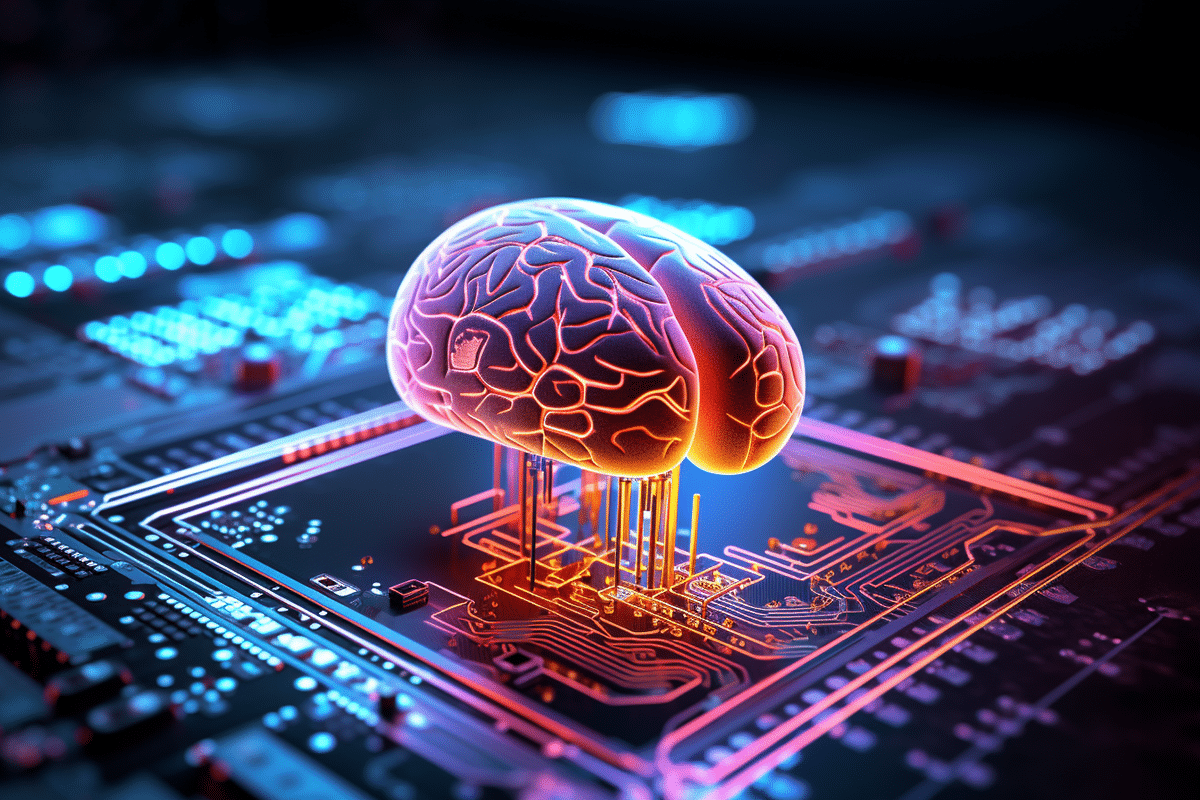In the ever-evolving landscape of technology, scientists are constantly seeking ways to bridge the gap between the capabilities of artificial intelligence and the complexity of the human brain. While computers excel in tasks like calculations and organization, they fall short in mimicking the intricate structural and functional aspects of the brain. However, recent breakthroughs suggest that this gap may be narrowing.
A team of researchers has made a significant stride in this direction by developing a device that closely mimics the function of synapses in the human brain. Synapses are crucial junctions between neurons, where information is transmitted and processed. These tiny structures play a fundamental role in the brain’s ability to learn, remember, and process complex information.
What sets this device apart is its composition and behavior. Known as an iontronic memristor, it is filled with a solution of water and salts. When it receives an electrical impulse, the ions in the water move, altering the salt concentration within the device. This mechanism closely resembles the function of real synapses in the brain.
Developed by South Korean scientists and Tim Kamsma, a graduate researcher at Utrecht University, this artificial synapse represents a remarkable feat in the field of neuromorphic computing. While previous artificial synapses were based on solid materials, this innovative device operates using water and salts, mimicking the medium found in the brain.
Despite its simple structure, the iontronic memristor holds immense potential for revolutionizing computing technology. It not only paves the way for brain-inspired computers but also opens up new possibilities for enhancing artificial intelligence systems. By replicating the communication patterns of the human brain, these systems could achieve unprecedented levels of efficiency and adaptability.
The collaboration between South Korean scientists and Kamsma was sparked by a chance encounter, highlighting the serendipitous nature of scientific discovery. Together, they recognized the transformative potential of the iontronic memristor as a computational synapse. While the device is not yet a fully functioning computer, its development signals a promising step towards creating computer-like devices with synapses that behave like those in the human brain.
The implications of this breakthrough extend far beyond conventional computing. By harnessing the power of water and salts, researchers are delving into uncharted territory in the quest to replicate the extraordinary capabilities of the human brain. This could lead to the development of computing systems that not only mimic human cognition but also surpass it in certain aspects.
As Tim Kamsma aptly summarizes, this advancement represents a crucial step towards unlocking the full potential of neuromorphic computing. By utilizing the same medium as the brain, these systems could one day rival the complexity and adaptability of the human mind. While there is still much work to be done, the journey towards a human brain-inspired computer has taken a significant leap forward.




